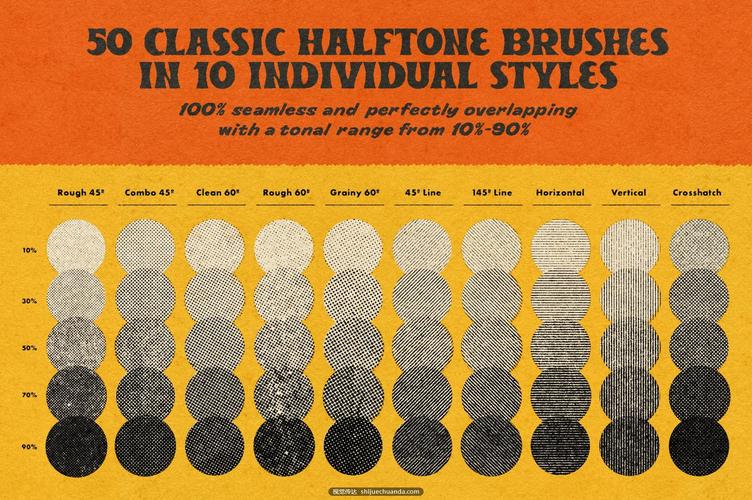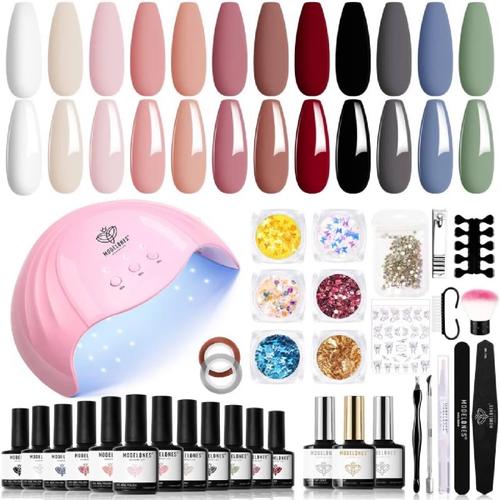Neutral Paint Tones: A Comprehensive Guide
Choosing the right paint color for your space can be a daunting task. With so many options available, it’s easy to feel overwhelmed. However, neutral paint tones offer a timeless and versatile solution that can enhance any room. In this article, we will delve into the various aspects of neutral paint tones, including their benefits, popular shades, and tips for achieving the perfect look.
Benefits of Neutral Paint Tones
Neutral paint tones have several advantages that make them a popular choice for homeowners and designers alike.

-
Timeless Elegance: Neutral colors, such as beige, gray, and white, have a timeless quality that never goes out of style. They provide a clean and sophisticated backdrop for any room, allowing you to easily update your decor with seasonal accents.
-
Versatility: Neutral tones work well in any room, from the living room to the bedroom. They can be paired with a wide range of colors and patterns, making it easy to create a cohesive and harmonious space.
-
Enhances Natural Light: Lighter neutral tones, such as white and light gray, can make a room feel more open and airy by reflecting natural light. This is particularly beneficial for smaller spaces or rooms with limited natural light.
-
Accommodates Different Styles: Whether you prefer a modern, minimalist aesthetic or a traditional, cozy feel, neutral paint tones can accommodate various design styles. They provide a blank canvas for you to express your personal style through furniture, decor, and accessories.

Popular Neutral Paint Tones
There are numerous neutral paint tones to choose from, each offering its own unique characteristics and benefits.
| Color | Description | Best Use |
|---|---|---|
| Beige | A warm, creamy color with a slight yellow or brown undertone. | Living rooms, dining rooms, and bedrooms |
| Gray | A cool, muted color with varying shades from light to dark. | Offices, kitchens, and bathrooms |
| White | A pure, crisp color that reflects light and provides a clean backdrop. | Hallways, entryways, and kitchens |
| Cream | A soft, warm color with a slight yellow or beige undertone. | Bedrooms, nurseries, and living rooms |
| Ivory | A light, creamy color with a subtle hint of pink or beige. | Living rooms, dining rooms, and bedrooms |
Creating the Perfect Neutral Palette
When selecting neutral paint tones, it’s important to consider the overall color scheme of your space. Here are some tips for creating a cohesive and visually appealing neutral palette:
-
Understand Color Theory: Familiarize yourself with the color wheel and the concept of complementary and analogous colors. This will help you choose neutral tones that work well together and create a balanced space.
-
Consider the Room’s Purpose: Different neutral tones can evoke different emotions and create different atmospheres. For example, a warm beige can create a cozy, inviting feel, while a cool gray can provide a calming, serene environment.
-
Test Paint Swatches: Before making a final decision, test paint swatches on your walls. This will give you a better idea of how the color will look in your space and how it interacts with natural and artificial light.
-
Introduce Accents: To add interest and personality to your neutral space, incorporate accents in the form of artwork, decor, and furniture. This will help break up the monotony and create a more dynamic room.
Conclusion
Neutral paint tones are a fantastic choice for anyone looking to create a timeless, versatile, and visually appealing space. By understanding the benefits of neutral colors, exploring popular shades, and following these tips, you can achieve






